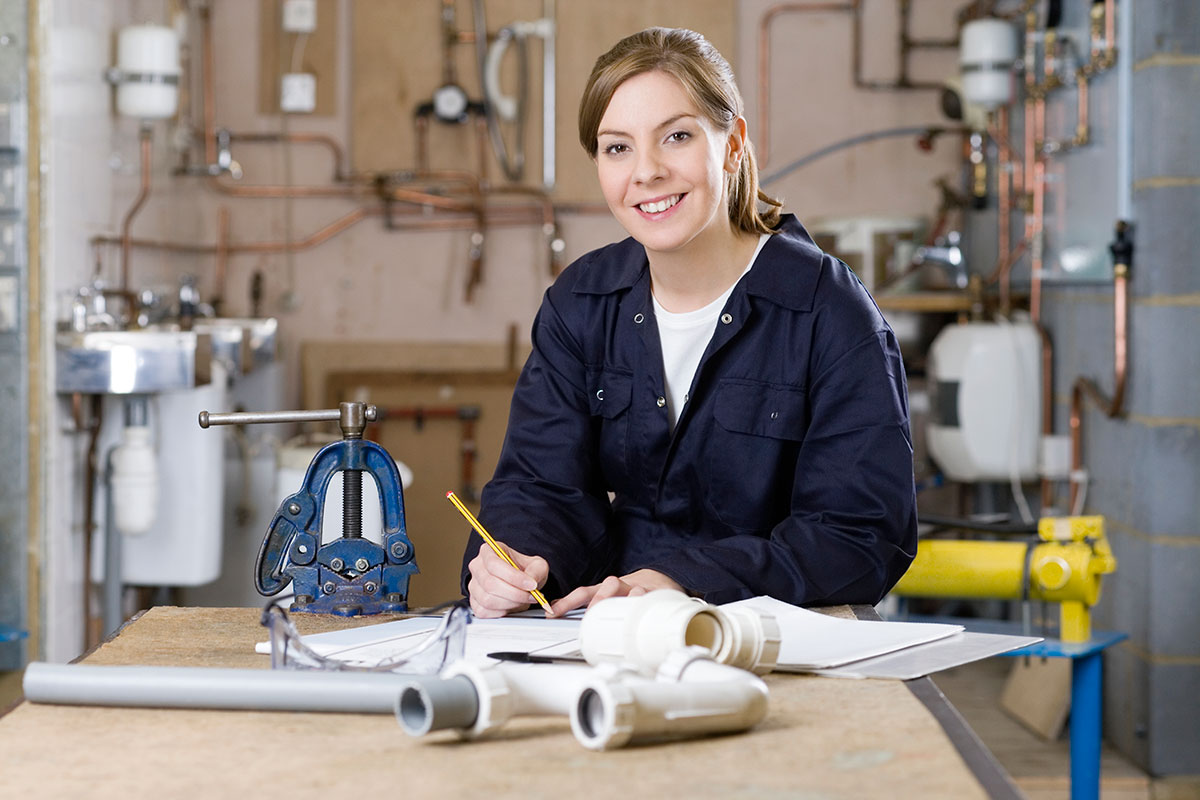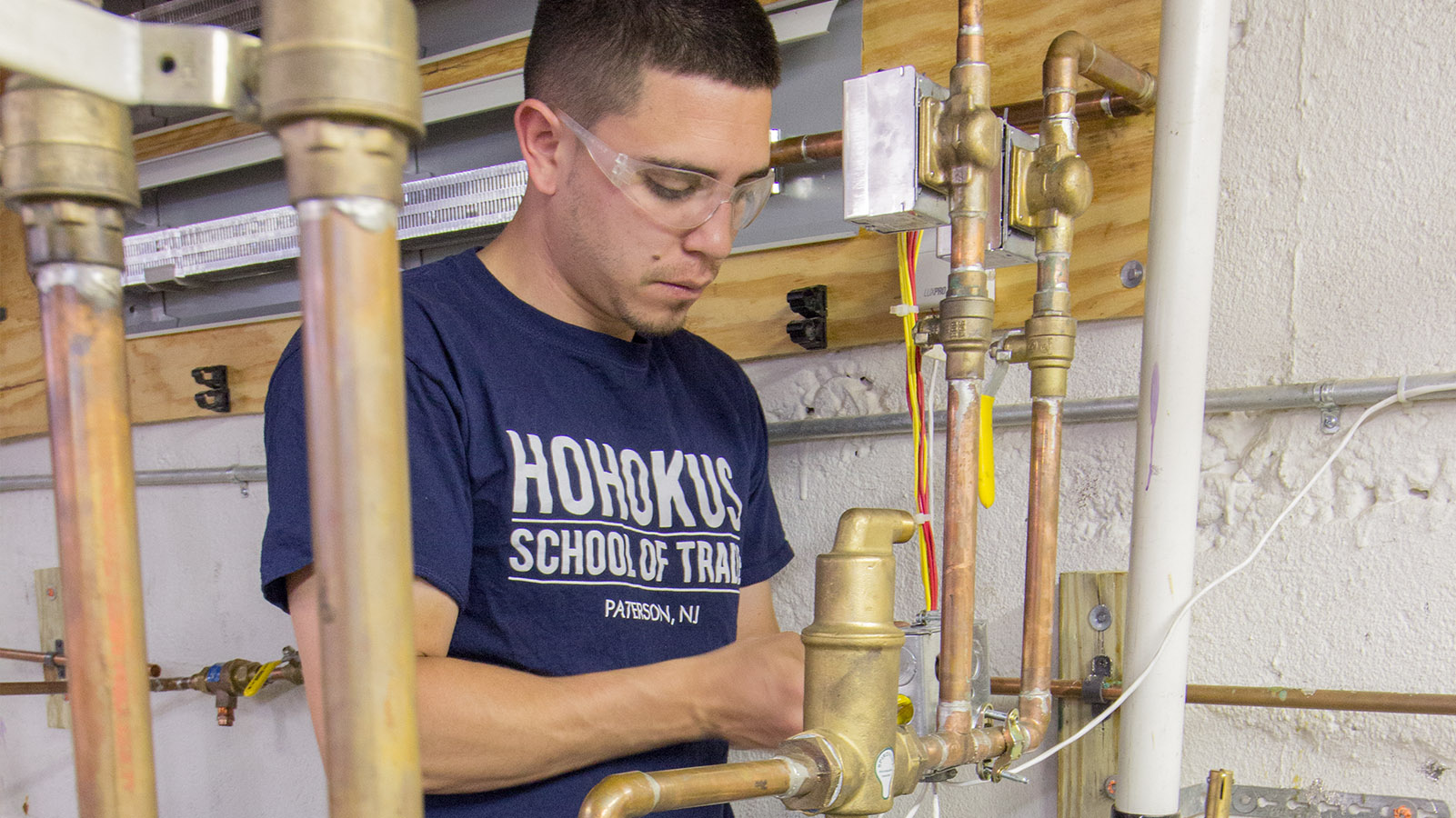Comprehensive Plumbing Alabaster AL Solutions for Your Home
Comprehensive Plumbing Alabaster AL Solutions for Your Home
Blog Article
A Step-by-Step Overview to Reliable Water Heater Setup for Optimum Efficiency
Embarking on the task of installing a water heater is a venture that demands accuracy and an organized method for accomplishing optimum efficiency. As you proceed, the intricacies of linking water supply lines and setting up trusted electric or gas connections wait for, promising insights into making sure performance and integrity.
Selecting the Right Hot Water Heater

Next, think about the dimension and ability of the hot water heater. It's crucial to assess your home's warm water demands, which can differ based on the variety of residents and their usage patterns. An unit that's too tiny might bring about not enough warm water, while an extra-large design may cause unneeded power intake.
Effectiveness scores also play an essential role in selection. Look for hot water heater with high Power Aspect (EF) ratings, indicating superior performance and lowered energy usage. Tankless versions, though usually more pricey upfront, offer significant power cost savings gradually because of their on-demand home heating capabilities.
Preparing the Installment Location
Before mounting a new hot water heater, precise preparation of the installation location is necessary. This makes certain a smooth setup procedure and aids stop future issues (Water Heater installation Alabaster AL). Begin by choosing an ideal location that abides by local building ordinance and safety criteria. The location should be dry, well-ventilated, and obtainable for maintenance. It's essential to determine the area very carefully to suit the hot water heater's measurements, making certain adequate clearance around the unit for effective operation and servicing.
Next, eliminate any kind of debris, dirt, or obstructions from the site to produce a clean environment. Inspect the floor for stability, as the hot water heater will certainly require a strong, level surface area to run properly. If necessary, install a drip frying pan under the device to capture prospective leakages or spills, avoiding water damage to the surrounding area. In regions prone to seismic task, consider installing seismic straps to protect the heating unit firmly in position.
In addition, make sure that all needed tools and products get on hand before commencing the setup. This includes things such as wrenches, screwdrivers, a level, and any kind of additional hardware needed for safeguarding the heating unit and placing. A well-prepared installment area establishes the foundation for a successful water heating system configuration, enhancing efficiency and safety and security.
Connecting Water Lines
When connecting supply of water lines to your freshly mounted water heater, it is crucial to guarantee that all links are leak-free and secure to keep effective procedure and prevent water damages. Begin by identifying the hot and chilly water supply lines. The cold water inlet is usually noted with a blue tag or a "C", while the warm water electrical outlet is noted with a red label or an "H".
Usage versatile hot water heater ports to assist in a less complicated installment process. These adapters can absorb resonance and enable minor motion, lowering the threat of leaks. Before connecting the ports, position a plumbing's tape around the threaded ends of the hot water heater's inlet and outlet pipelines - Drain Cleaning Alabaster AL. This tape functions as a sealer, stopping leakages. Thoroughly link the flexible hoses to the corresponding inlet and outlet, guaranteeing that they are not over-tightened but limited, which might harm the strings.
When links remain in place, slowly transform on the major water system shutoff. Inspect each link for leakages by visually feeling and inspecting for dampness. Tighten up links as essential, and make sure the stress alleviation shutoff is appropriately set up, safeguarding against excessive stress accumulation.
Establishing Electric or Gas Connections
Properly setting up the electrical or gas links for your water heating system is an important action to guarantee effective and secure procedure. For electrical water heaters, begin by verifying that the electrical circuit is compatible with the heater's voltage and amperage demands.
For gas water heating units, security is critical. Attach the gas line to the water heating unit using a flexible gas connector, guaranteeing it is correctly threaded and secured with pipe joint compound or Teflon tape appropriate for gas connections.
Once links are made, evaluate for any kind of prospective leaks. For gas lines, use a soapy water remedy to the joints; bubbles suggest a leakage. For electrical links, confirm that all circuitry is protected and properly shielded, maintaining conformity with local electrical codes.
Readjusting and testing for Effectiveness
With the electrical and gas connections securely in place, the next step is assessing the operational performance of your water heating system. Begin by meticulously transforming on the site link water supply and making sure there are no leaks at any of the shutoffs or joints.
Following, perform a detailed examination to ensure the home heating components or burner are functioning appropriately. For electrical heaters, utilize a multimeter to confirm if the components are attracting the appropriate current. In gas designs, observe the heater fire; it should be stable and blue, showing efficient combustion.
Readjust the setups as needed to eliminate inadequacies. Think about applying insulation steps, such as including a view it now hot water heater blanket, to better enhance performance by lessening warm loss. Additionally, examine the anode pole's condition, as a worn-out rod can reduce effectiveness and cause tank deterioration.
Conclusion
Efficient hot water heater installment is crucial for making sure ideal efficiency and power financial savings. By picking the appropriate type and dimension, and carefully preparing the setup location, a foundation for success is established. Firmly connecting water supply lines and meticulously setting up electric or gas connections minimize possible problems. Thorough screening for leaks and exact thermostat adjustments to 120 ° F boost integrity and effectiveness. Following these actions promotes long-lasting performance and energy preservation in property water heating unit.

Appropriately establishing up the electrical or gas connections for your water heater is an essential action to make sure effective and secure operation. For electrical water heating systems, start by verifying that the electrical circuit is compatible with the heating unit's voltage and amperage demands. Connect the gas line to the water heating unit using a versatile gas adapter, ensuring it is correctly threaded and secured with pipe joint compound or Teflon tape appropriate for gas links.
Report this page